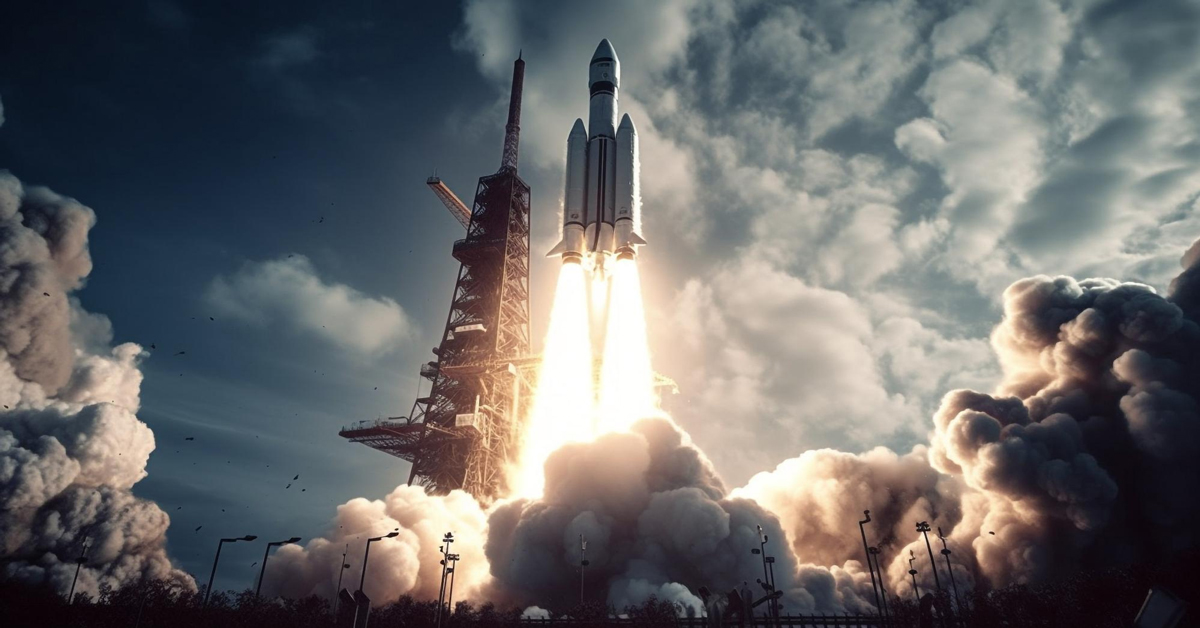
On July 14, 2023, India successfully launched its third lunar mission, Chandrayaan-3. The mission, which was launched from the Satish Dhawan Space Centre in Sriharikota, Andhra Pradesh, consists of a lander and a rover. The lander, Vikram, will attempt to soft land on the lunar surface, while the rover, Pragyan, will explore the lunar surface after the lander has touched down.
Chandrayaan-3 is a follow-on mission to Chandrayaan-2, which was launched in 2019. Chandrayaan-2 was a successful mission, but it did not achieve its goal of soft landing on the lunar surface. The lander, Vikram, lost contact with the ground control shortly before it was supposed to touch down.
Chandrayaan-3 is designed to address the shortcomings of Chandrayaan-2. The lander has been redesigned to improve its chances of a successful soft landing. The rover has also been upgraded with new scientific instruments.
The main scientific objectives of Chandrayaan-3 are to:
- Study the lunar surface in detail
- Search for water ice on the moon
- Understand the evolution of the moon
Chandrayaan-3 is a significant milestone in India’s space program. It is the first time that India has attempted to soft land on the moon twice. The success of Chandrayaan-3 will demonstrate India’s capabilities in lunar exploration and will pave the way for future missions to the moon.
The Lander
The lander of Chandrayaan-3 is called Vikram. It is named after Vikram Sarabhai, the father of the Indian space program. The lander is about 4 meters tall and 2 meters wide. It has four legs that will help it to land safely on the lunar surface.
The lander is equipped with a variety of scientific instruments, including a camera, a spectrometer, and a magnetometer. These instruments will be used to study the lunar surface in detail.
The Rover
The rover of Chandrayaan-3 is called Pragyan. It is about 1 meter long and 60 centimeters wide. It has six wheels that will allow it to move around the lunar surface.
The rover is equipped with a variety of scientific instruments, including a camera, a spectrometer, and a drill. These instruments will be used to study the lunar surface and to search for water ice.
The Mission Timeline
The Chandrayaan-3 mission is expected to last for about one year. The lander is scheduled to touch down on the lunar surface in September 2023. The rover will then explore the lunar surface for several months.
The Future of Chandrayaan
The success of Chandrayaan-3 will pave the way for future missions to the moon. India is planning to launch a fourth lunar mission, Chandrayaan-4, in the early 2020s. Chandrayaan-4 will be a more ambitious mission than Chandrayaan-3. It will include an orbiter, a lander, and a rover.
India is also planning to launch a human mission to the moon in the 2030s. Chandrayaan-3 is an important step towards this goal. It will demonstrate India’s capabilities in lunar exploration and will help to prepare the country for a human mission to the moon.
Conclusion
Chandrayaan-3 is a significant milestone in India’s space program. It is the first time that India has attempted to soft land on the moon twice. The success of Chandrayaan-3 will demonstrate India’s capabilities in lunar exploration and will pave the way for future missions to the moon.
